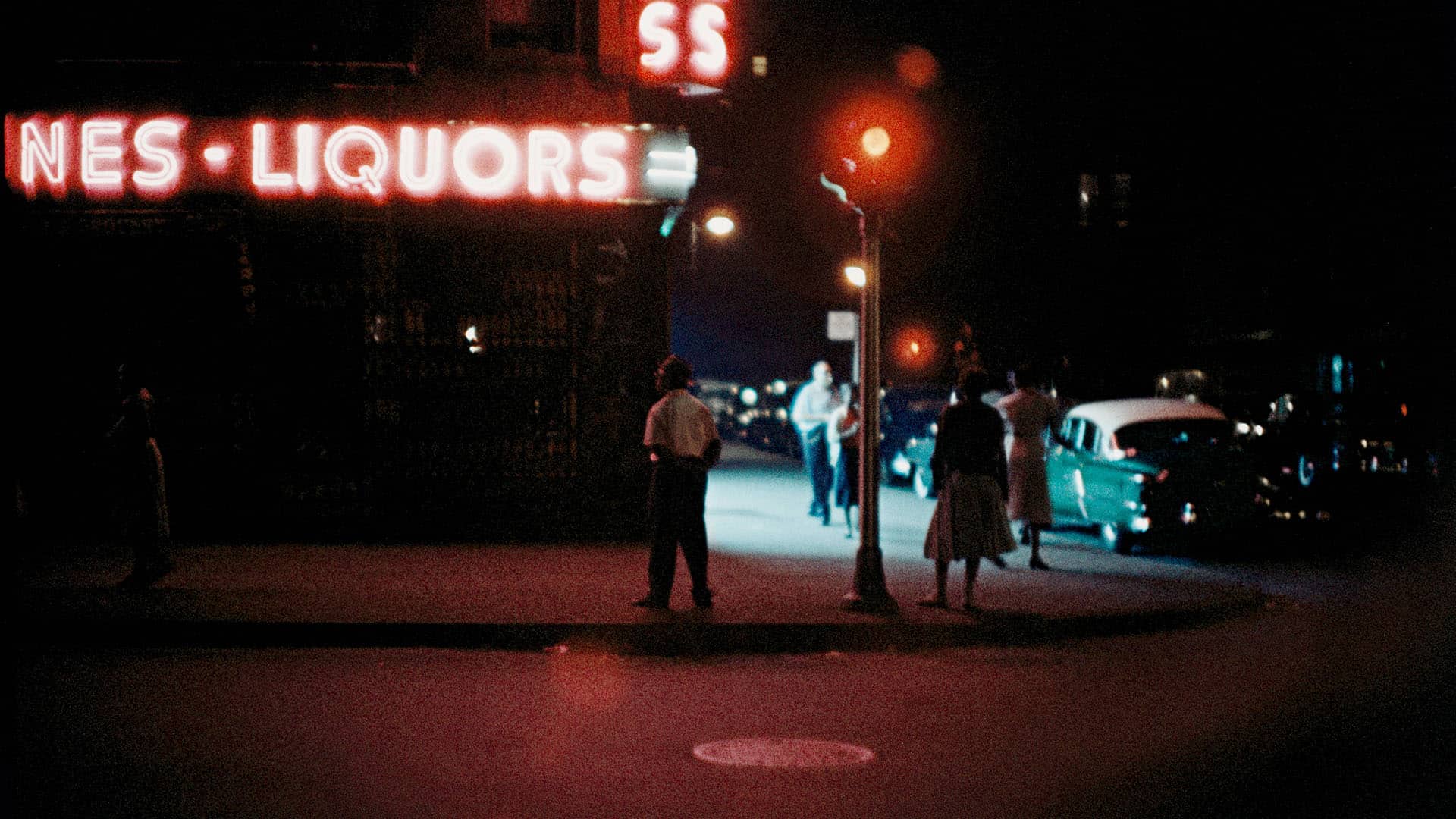A timely installation at New York’s Museum of Modern Art looks at the way photographers—Gordon Parks chief among them—look at crime.

You’re getting blind.
Don’t miss the best of visual arts. Subscribe for $9 per month or $108 $90 per year.
Already suscribed ?



